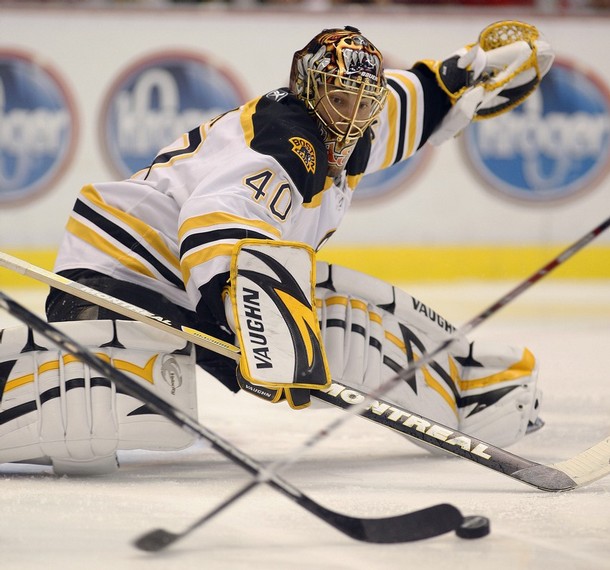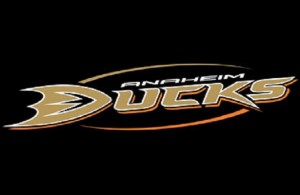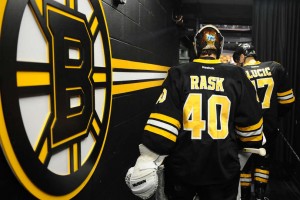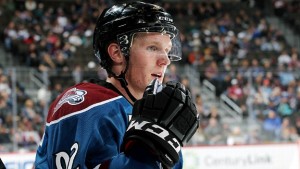Despite an early playoff exit at the hands of the Washington Capitals last season, the Boston Bruins chose to stand pat with their roster this offseason and declined to make many big moves to bolster their team.
And why should they?
Granted, the decision to avoid any big moves could have more to do with the fact that the Bruins are pressed pretty tightly up against the salary cap, but it also has to do with the notion that if it ain’t broke, don’t fix it.
The roster they currently boast still has most of the key elements from the Stanley Cup championship–winning team from 2011. Arguable the most important piece missing this season will be goaltender Tim Thomas, who opted to take a year off from the rigors of the game to spend time with his family.
The team was reaching a breaking point with Thomas regardless not only because of the undue attention he was drawing from his personal views on politics, but also because the team had the heir-apparent in net awaiting his chance to shine. This season, Tuukka Rask will get that chance.
Rask (pictured) has been incredibly consistent in his three seasons as backup to Thomas, and with a 2.05 goals against average and a .929 save percentage in 23 games last season, Rask has shown that he obviously has the talent to make it as an elite NHL goalie. The only question mark facing Rask is whether he can handle the workload facing a number one goalie. Thomas played in 59 games last season while the most Rask has ever played in is 45. And even more could be asked of him this year with no proven backup riding the pine behind Rask. Assuming the NHL plays a full season; could Rask see 60-plus games this year?
Maybe, but there probably aren’t many Bruins fans worried about Rask’s workload, or his play in general coming into the season.
The real X factor for the team could be the emergence of Tyler Seguin, who was drafted second overall by the Bruins in 2010. After posting 29 goals and 67 points in his sophomore year last year, many pundits are predicting a breakout year for the 20-year-old with some predicting that Seguin will reach the 80-point plateau. Plus, the team will also benefit from a full season from Nathan Horton, who missed the latter half of the year and playoffs due to a concussion.
The Bruins finished the regular season last year with the third best goals scored per game average and the sixth best goals against average per game – solid statistics showcasing that the team still has the good to win. There was no need to make big moves in the offseason because the Bruins have few weaknesses.
That’s not to say they don’t have areas of their lineup they could address via trade or free agency. The Bruins will likely ride out the first half of the season to see where they stand and make adjustments from there at the trade deadline. While their defense is good, and they will likely need time to see how Rask performs is the starting goalie, they could use some help on the power play and will likely pursue a puck-moving defensemen similar to how they acquired Tomas Kaberle in 2011.
Still, all things considered – including salary cap space, what twists a new CBA will hold in terms of cap space and the talent that the Bruins have been able to retain – there was no reason for the Bruins to experience a large shakeup on their roster this offseason. The team is in a good position for the regular season and will likely address any pressing needs they have at the trade deadline. Expect the Bruins to be a playoff team and a Stanley Cup hopeful once again this season.



